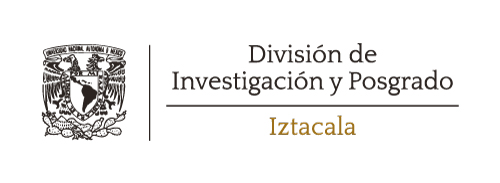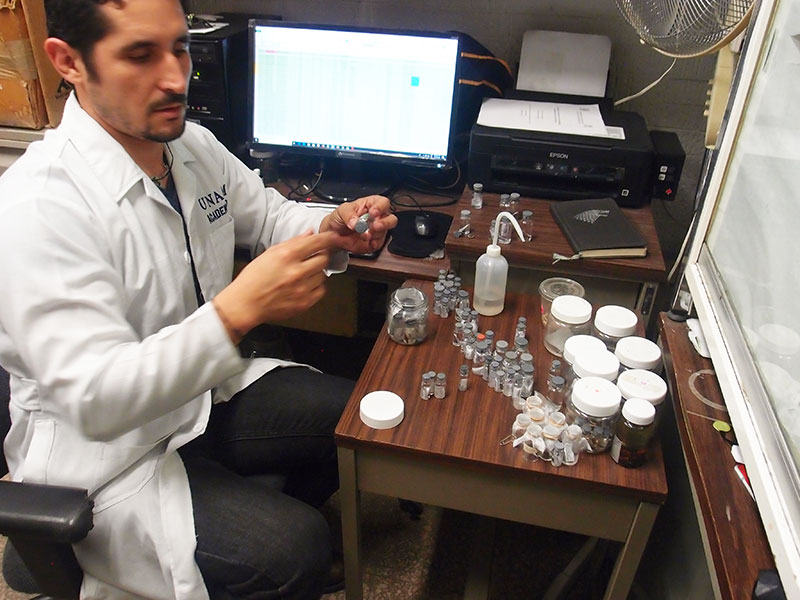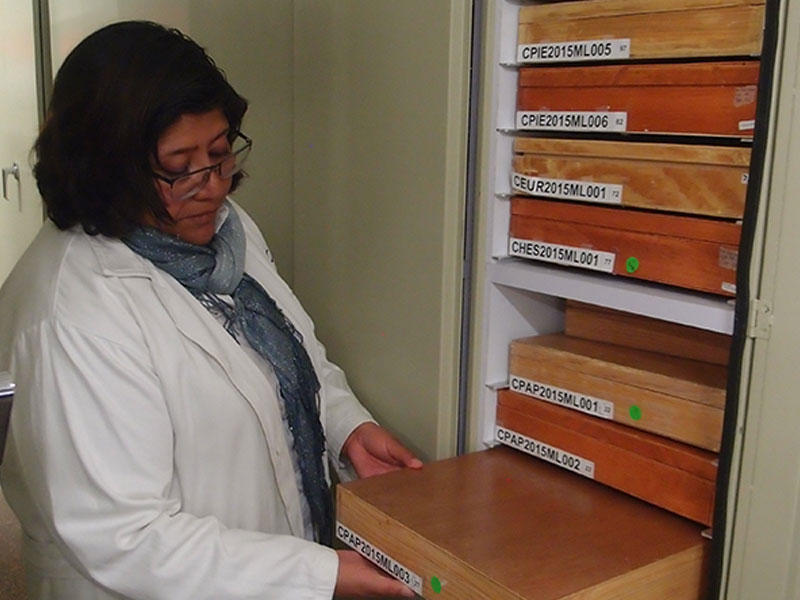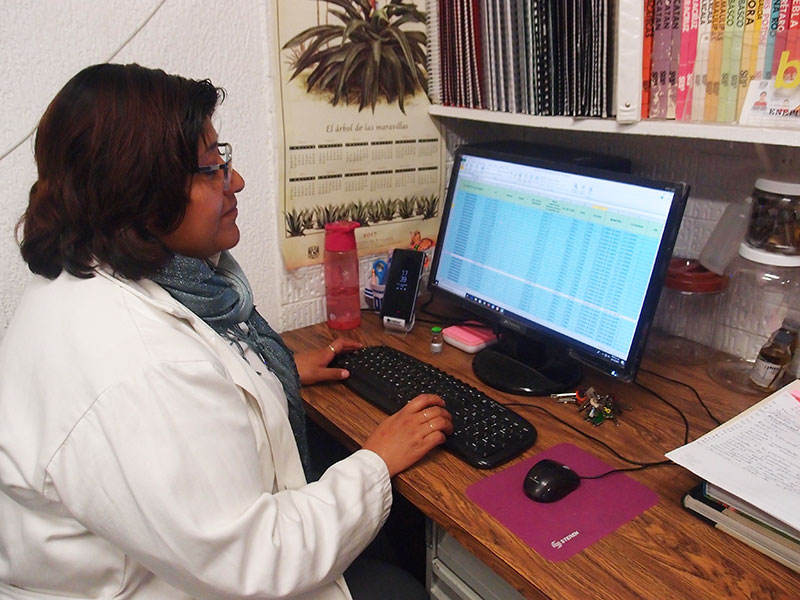
| Location within campus: | Building L-5, Laboratory L-521 |
| Phone: | 55 56231333 ext 39829 |
| Head of Laboratory: | M.S.C. Sergio Gerardo Stanford Camargo Profesor Asociado “C” T.C. sstanford@unam.mx |
| Researchers affiliated to the laboratory: | Mtra. Marcela Patricia Ibarra González ibarrag@unam.mx Biol. Saharay Gabriela Cruz Miranda sagacemi@hotmail.com Biol. Gerardo Ricardo Medina Ortiz igniter.izt@gmail.com Dr. Esteban Jimenez Sanchez estjimsan@yahoo.com.mx Biol. Alberto Morales Moreno amm@unam.mx M.S.C. Jorge R. Padilla Ramírez jorgepr6@gmail.com |
| Research lines per researcher: | General project: “Study of the arthropods of the transverse neovolcanic axis and southern Mexico”. They include the lines: 1- Aquatic entomology. 2- Systematics and Taxonomy of Odonata and Coleoptera. 3 Systematics and Taxonomy of Entognatha, Hexapoda, Miriapoda, Chelicerata and Crustacea. |

The Arthropod Collection of the FES Iztacala (CAFESI) was created in 1983, in its beginnings it had two lines of research: 1. Aquatic insects as indicators of the water quality of rivers and 2. Necrophilous insects. Since then, the lines of research have increased and the deposited biological material has been used for the preparation of multiple taxonomic and ecological studies. It is divided, according to its particular and characteristic purposes, into: scientific, educational and dissemination areas.
The main objective of CAFESI is to keep updated the inventory of arthropods in the central zone of the Transversal Neovolcanic Axis of the country, focusing on systematic and ecological studies. Other objectives are the preservation and healing of the arthropod groups deposited in the Collection, in order to generate the best quality information. On the other hand, it supports the teaching of the biology degree with copies of the didactic collection and scientific dissemination; with the latter, the Insects group is also disseminated to the general public, through the Traveling Collection, through exhibitions in various public, cultural and scientific spaces in our country.

Stanford-Camargo S., Ibarra-González M., Miranda-Velázquez A., Medina-Ortiz R. y Cruz-Miranda S. (2019). Familias de hemípteros preservados en líquido de la colección de artrópodos de la FES Iztacala UNAM (CAFESI) (1987-2015). Entomología mexicana, 6: 678-684.
Stanford-Camargo S., Ibarra-González M., Solís-Juárez K., Medina-Ortiz R. y Cruz-Miranda S. (2018). Registro de náyades de efemerópteros y odonatos de Xicotepec, Puebla, México, de la colección de artrópodos de la FES Iztacala-UNAM. Entomología mexicana, 5: 301−307.
Delgadillo-Romero S., Cruz-Miranda S., Stanford-Camargo S., Medina-Ortiz R. e Ibarra-González M., (2018). Ninfálidos (Lepidoptera: Nymphalidae) de Cerro Frío, Morelos, México. Entomología mexicana, 5: 225−231.
Stanford-Camargo S., Ibarra-González M., Solís-Juárez K., Medina-Ortiz R. y Cruz-Miranda S. (2017). Inventario de larvas de tricópteros de localidades del Eje Neovolcánico transversal de la colección de artrópodos (FES Iztacala-UNAM). Entomología mexicana, 4: 813−818.
JIMÉNEZ-SÁNCHEZ E., C. DELOYA, S. ZARAGOZA-CABALLERO S. y J. PÉREZ-ZUÑIGA (2017) Especies de coleoptera (Insecta) de la colección de artrópodos de la Facultad de Estudios Superiores, Iztacala (CAFESI), UNAM, Mexico. Acta Zoológica Mexicana (nueva serie), 33(2)359-381.

| Entry profile of potential thesis students: | Students of the Bachelor of Biology in the seventh and eighth semesters or related, with the previous semesters approved; Faculty of observation and facility for teamwork. They will be trained in the management and use of computer databases of scientific biological collections, from the collection of specimens, preservation, assembly techniques and cataloging. Use of a computer (desktop parcel) and basic English for the use of identification codes. |
| Service Social Data: | Arthropods Collection of the FES Iztacala as a scientific, educational and dissemination heritage. KEY: 2019-12 / 63-1878. Activities for biologists: Support in the curation and cataloging of the biological material of the scientific, didactic and exhibition collection. Support in the development of teaching materials for the dissemination of the collection (visual guides, manuals). |



